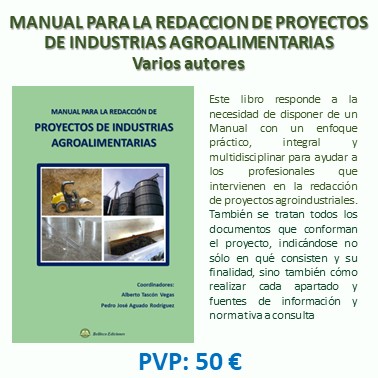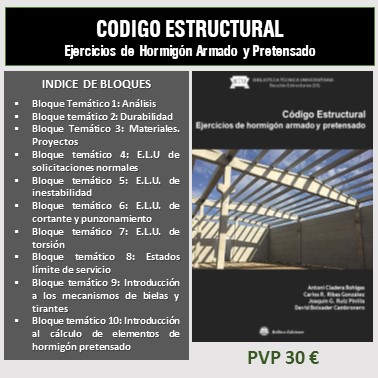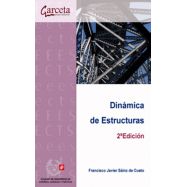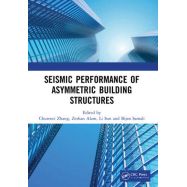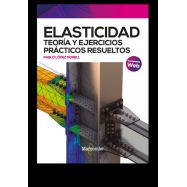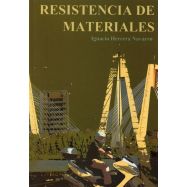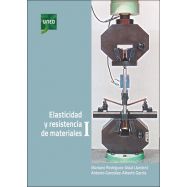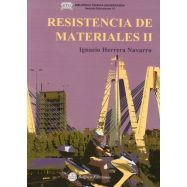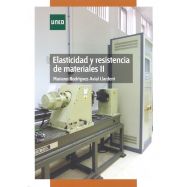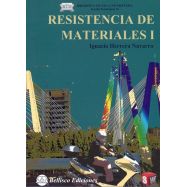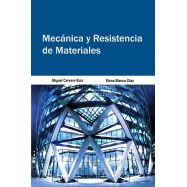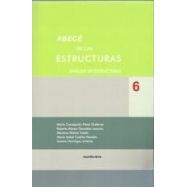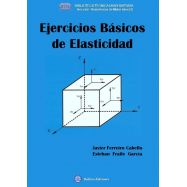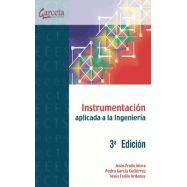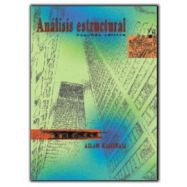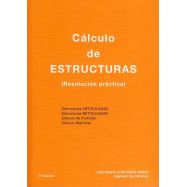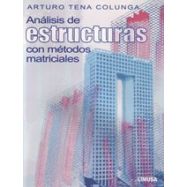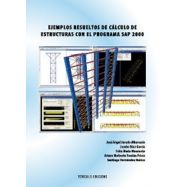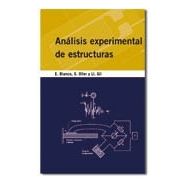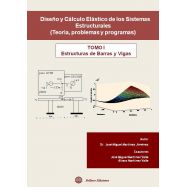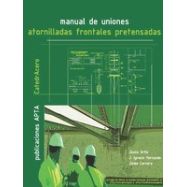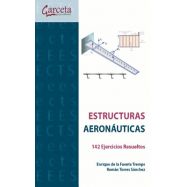Ningún producto
Materias
- BELLISCO EDICIONES. Nuestro Fondo Editorial
- FONDOS EDITORIALES EN DISTRIBUCION
- LIBROS TECNICOS EN INGLES
- ARQUITECTURA - URBANISMO
- AUTOMOCION - MOTORES - VEHICULOS
- AVIONICA - AERONAUTICA
- CALIDAD - EMPRESARIALES - GESTION
- CIENCIAS EXACTAS - MATEMATICAS
- CIENCIAS NATURALES Y APLICADAS
- CIENCIAS DE LA TIERRA - INGENIERIA DEL SUELO
- DICCIONARIOS TECNICOS
- ESTRUCTURAS - CONSTRUCCION
- Acústica (aislamiento, ruidos, vibraciones)
- Análisis de estructuras, resistencia de materiales, elasticidad, cálculo matricial
- Edificación
- Estructuras de Hormigón
- Estructuras Metálicas
- Estructuras de Madera
- Estructuras Mixtas
- Estructuras y Construcción en General
- Novedades Estructuras-Construccion
- rehabilitacion y restauracion
- Formación Profesional: Oficios en construccion, edificación y obras
-
- FORMACION PROFESIONAL
- HIDRAULICA - INGENIERIA SANITARIA - AGUAS
- INGENIERIA CIVIL - OBRAS PUBLICAS
- INGENIERIA MECANICA E INDUSTRIAL
- INSTALACIONES . GENERALES, EN EDIFICACION E INDUSTRIALES
- MATERIALES
- MEDIO AMBIENTE
- NORMATIVA
- OPOSICIONES
- PREVENCION DE RIESGOS LABORALES
- PROGRAMAS INFORMATICOS DE CALCULO
- TECNOLOGIA DE LOS ALIMENTOS: Industrias: Conservación, envasado y cadenas alimentarias
- TELECOMUNICACIONES - INFORMATICA - TECNOLOGIA DE LA INFORMACION
- OUTLET DE BELLISCO: Descuentos de hasta el 80%
- RELIGION, TEOLOGIA, MORAL Y ESPIRITUALIDAD
- VARIOS
- OFERTAS
- PROMOCIONES
- NEWSLETTER
- CATEGORIAS DESTACADAS
- ULTIMAS NOVEDADES BELLISCO
- ARQUITECTURA SOSTENBILE
- URBANISNO
- MATEMATICAS EN GENERAL
- AGRONOMOS-AGRICULTURA-FORESTALES
- ELECTROMAGENTISMO-ELECTRONICA-ELECTRICIDAD
- INGª Y MECÁNICA DEL SUELO. CIMENTACIONES
- TOPOGRAFIA, FOTOGRAMETRÍA, GEODESIA
- EDIFICACION
- ANALISIS DE ESTRUCTURAS, RESISTENCIA DE MATERIALES, ELASTICIDAD, CALCULO MATRICIAL
- OFICIOS VARIOS
- ABASTECIMIENTO Y DISTRIBUCION DE AGUA
- PUENTES
- TUNELES Y OBRAS SUBTERRANEAS
- MAQUINAS Y MECANISMOS
- SOLDADURA
- CLIMATIZACION
- INSTALACIONES DE AGUA
- INSTALACIONES ELECTRICAS CIENCIA E INGENIERIA DE MATERIALES
- ENERGIAS RENOVABLES
- DESARROLLO SOSTENIBLE
- INFORMATICA-SISTEMAS-FORMACION-PROGRAMAS
-
DESIGN OF OPTIMAL FEEDBACK FOR STRUCTURAL CONTROL
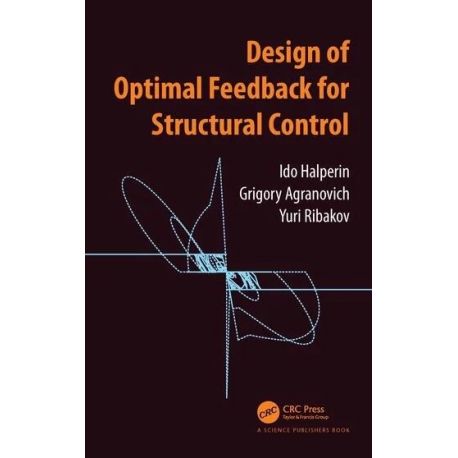 Ver más grande
Ver más grande Referencia: Código 10658
Agosto de 2023 - Ido Halperin... - Refª 10658
Ido Halperin, Grigory Agranovich, Yuri Ribakov
Agosto de 2023 Páginas: 194 Edición Tapa blanda
Código 10658 ISBN/EAN: 9780367767006
Description
Structural control is an approach aimed at the suppressing unwanted dynamic phenomena in civil structures. It proposes the use of methods and tools from control theory for the analysis and manipulation of a structure’s dynamic behavior, with emphasis on suppression of seismic and wind responses. This book addresses problems in optimal structural control. Its goal is to provide solutions and techniques for these problems by using optimal control theory. Thus, it deals with the solution of optimal control design problems related to passive and semi-active controlled structures. The formulated problems consider constraints and excitations which are common in structural control. Optimal control theory is used in order to solve these problems in a rigorous manner.
Even though there are many works in this field, none comprise optimization techniques with firm theoretical background that address the solution of passive and semi-active structural control design problems. The book begins with a discussion on models which are commonly used for civil structures and control actuators. Modern theoretical notions, such as dissipativity and passivity of dynamic systems are discussed in context of the addressed problems. Optimal control theory and suitable successive methods are reviewed. Novel solutions for optimal passive and semi-active control design problems are derived, based on firm theoretical foundations. These results are verified by numerical simulations of typical civil structures which are subjected to different types of dynamic excitations.
Table of Contents
Preface. Introduction. Dynamic Models of Structures. Optimal Control. Optimal Control: Successive Solution Methods. Control Using Viscous Dampers. Semi-Active Control. Dampers’ Configuration. Bibliography. Index.
TAMBIEN LE PUEDE INTERESAR
- 23,00 €
- 66,00 €
- 23,20 €
- 73,15 €

